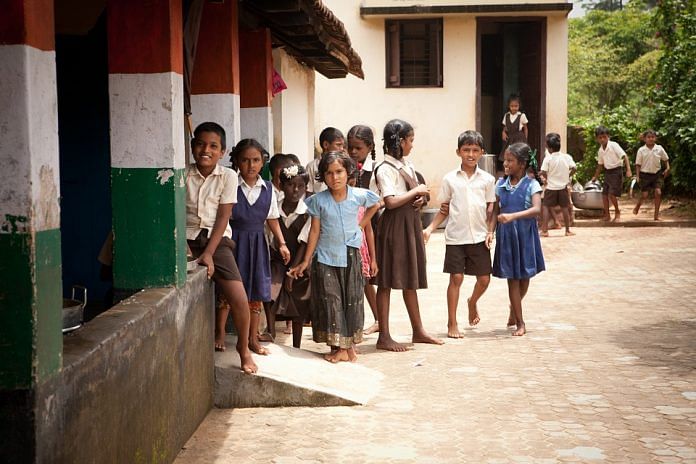Thank you dear subscribers, we are overwhelmed with your response.
Your Turn is a unique section from ThePrint featuring points of view from its subscribers. If you are a subscriber, have a point of view, please send it to us. If not, do subscribe here: https://theprint.in/subscribe/
In the vast landscape every student does not have the same opportunities. Students face challenges in many villages that can obstruct their education journey. However, for many less privileged students in rural villages, there will be a formidable challenge for accessing quality education. This article explores the challenges faced by the village students and suggests empowering measures to bridging gaps in education for the less privileged.
- Limited Infrastructure:
Village students face so many challenges with inadequate school infrastructure, including poorly equipped classrooms, insufficient teaching materials, and a lack of access to modern technology. To address this, community involvement can focus on building and upgrading school facilities, introducing modern technology, and providing essential learning resources to enhance the educational experience.
- Quality Teaching and Mentorship:
Empowerment extends beyond physical infrastructure; it involves investing in quality teaching and mentorship. Initiatives should focus on training and deploying qualified educators to rural areas. Moreover, Mentorship Programs can provide better guidance to students, helping them to navigate the difficulty of education and career choices.
- Skill Development Initiatives:
Beyond traditional academics, empowering village students involves providing them with practical skills that enhance their chosen career and get success. Vocational training programs, workshops, and internships can prepare students for their chosen career, empowering them to contribute meaningfully to their communities and beyond.
- Scholarships and Financial Aid:
Financial impact should not be a barrier to education. Implementing scholarship programs, and initiatives should provide funding for tuition, books, and living expenses, enabling access to quality education. By focusing on villages, these programs empower students to break the cycle of poverty through education.
- Collaborative Partnership:
Collaborations between government agencies, NGOs, and private enterprises can enhance the impact of initiatives. These partnerships can collect resources, share expertise, and create sustainable solutions for empowering village students.
- Conclusion:
Empowering village students is not just a moral imperative; it is an investment in the future. Bridging gaps in education for the less privileged students not only transforms individual lives but contributes to the overall society.
As we struggle for a more inclusive and equitable future, investing in the education of village students emerges as a cornerstone for sustainable progress.
These pieces are being published as they have been received – they have not been edited/fact-checked by ThePrint.


